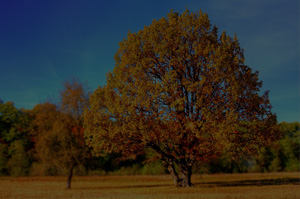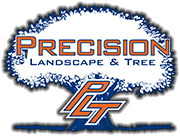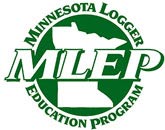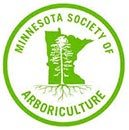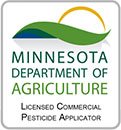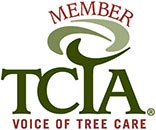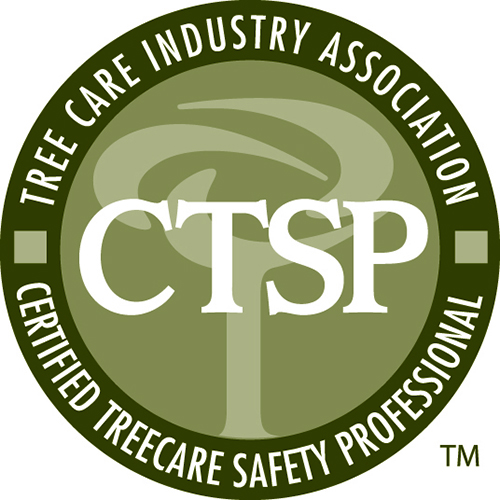Tree Disease
Trees need a steady supply of sunlight, water, carbon dioxide, and minerals from the ground to stay healthy. If one or more of these intakes is compromised, it might cause the tree to suffer a reduced immune response and become more susceptible to diseases.
Most tree diseases are caused by fungi, which thrive during the moist, warm weather common at the start of the growing season.
Root Rot
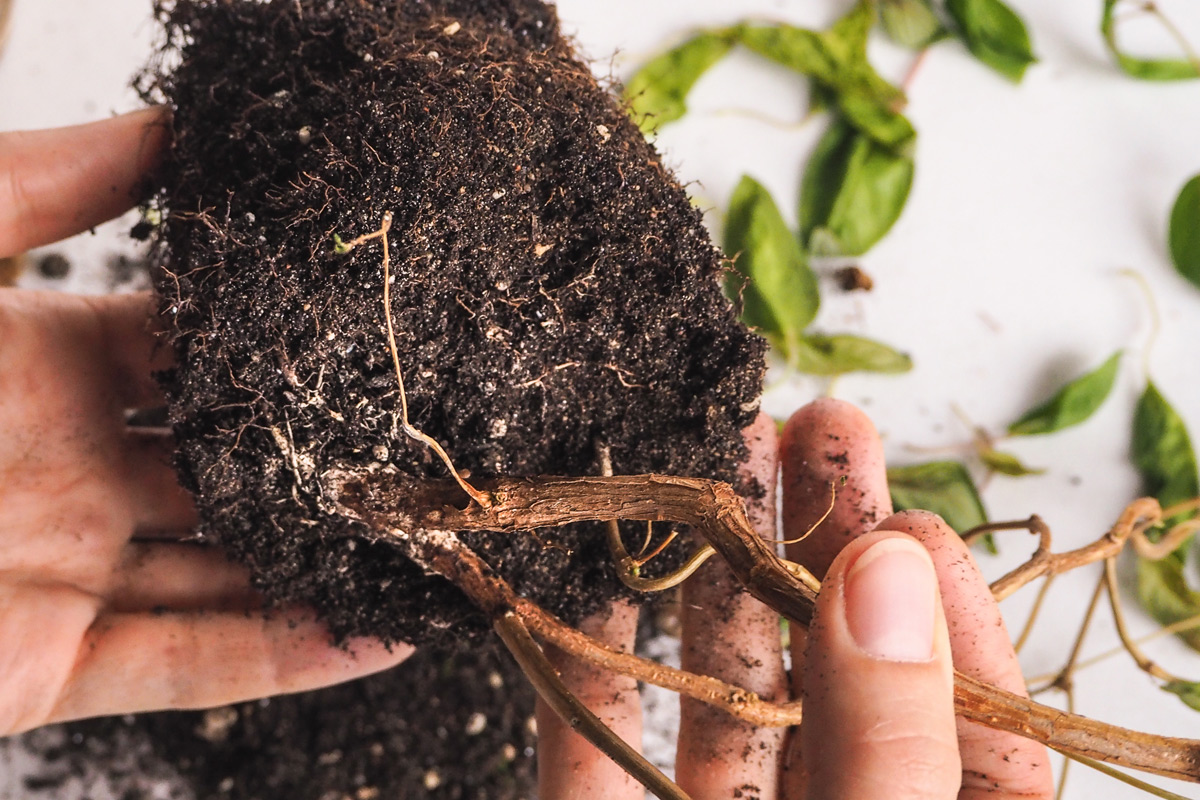 Almost all species of trees are vulnerable to root rot. It is generally caused by damp conditions and poorly drained soil. Over time, this leads to weak, oxygen-starved roots that are more susceptible to fungal infection and decay.
Almost all species of trees are vulnerable to root rot. It is generally caused by damp conditions and poorly drained soil. Over time, this leads to weak, oxygen-starved roots that are more susceptible to fungal infection and decay.
There are as many varieties of root rot as there are fungi that cause them. Common varieties include Phytophthora root rot, armillaria root rot, and thielaviopsis root rot. Diagnosis can be tricky, as many of the symptoms are similar to insect infestation.
Fruit Tree Diseases
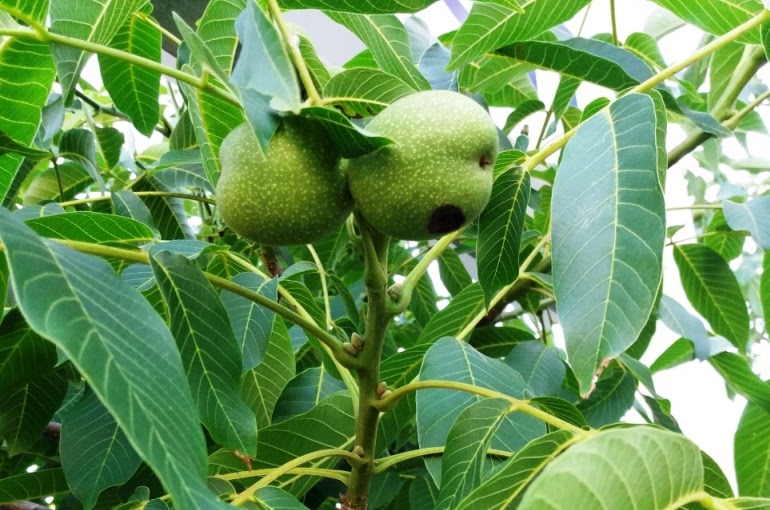 There are many diseases affecting fruit trees. Although they vary by host and life cycle, the treatments are usually very similar. Blights, scabs, rots, leaf spots, and rusts all occur on species of apple, pear, cherry, peach, nectarine, and plum. These fruit tree diseases can affect leaves, stems, and fruit.
There are many diseases affecting fruit trees. Although they vary by host and life cycle, the treatments are usually very similar. Blights, scabs, rots, leaf spots, and rusts all occur on species of apple, pear, cherry, peach, nectarine, and plum. These fruit tree diseases can affect leaves, stems, and fruit.
Cankers
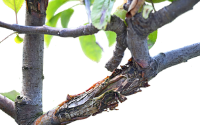 Cankers, or stem diseases, occur when a tree has an open wound or cut that becomes infected by a fungal or bacterial pathogen. The result is a discolored lesion that may include splitting bark, oozing sap, or a strong smell. As the pathogen invades further into the tissue, it can cause small, sparse, or yellowed leaves.
Cankers, or stem diseases, occur when a tree has an open wound or cut that becomes infected by a fungal or bacterial pathogen. The result is a discolored lesion that may include splitting bark, oozing sap, or a strong smell. As the pathogen invades further into the tissue, it can cause small, sparse, or yellowed leaves.
Needle Cast Diseases
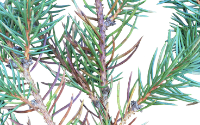 Needle cast diseases result in severe and lasting damage to many varieties of evergreen trees. Caused by several species of fungi, wet spring seasons with mild temperatures encourage the growth and spread of needle cast diseases. Symptoms may first appear on lower, interior branches, where needles will look purple to yellow before browning and dying. Needle cast symptoms will gradually progress from the base of the tree towards the crown and from the interior spread to outer stems. Younger, smaller trees are at higher risk of mortality from these diseases.
Needle cast diseases result in severe and lasting damage to many varieties of evergreen trees. Caused by several species of fungi, wet spring seasons with mild temperatures encourage the growth and spread of needle cast diseases. Symptoms may first appear on lower, interior branches, where needles will look purple to yellow before browning and dying. Needle cast symptoms will gradually progress from the base of the tree towards the crown and from the interior spread to outer stems. Younger, smaller trees are at higher risk of mortality from these diseases.
Vascular and Wilt Diseases
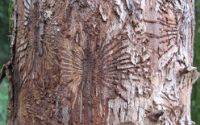 These diseases are caused by fungi or bacteria that infect the vascular tissues of trees, or the vessels that conduct water and food throughout the plant. As it spreads, it interferes with the ability of the plant to use nutrients, resulting in wilted leaves, defoliation, limb dieback, and tree death.
These diseases are caused by fungi or bacteria that infect the vascular tissues of trees, or the vessels that conduct water and food throughout the plant. As it spreads, it interferes with the ability of the plant to use nutrients, resulting in wilted leaves, defoliation, limb dieback, and tree death.
In the Twin Cities, Dutch Elm Disease and Oak Wilt are among the most common vascular and wilt diseases.
Anthracnose Diseases
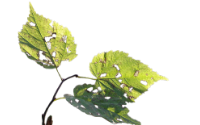 Anthracnose is a fungal infection that results in extensive defoliation, limb dieback, and twig death. In Minnesota, it is most common in cool, wet spring weather and can infect a wide range of tree species
Anthracnose is a fungal infection that results in extensive defoliation, limb dieback, and twig death. In Minnesota, it is most common in cool, wet spring weather and can infect a wide range of tree species
Invasive Species
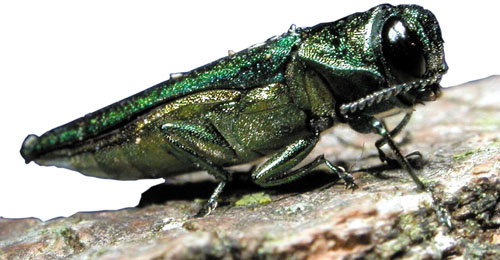 Many tree diseases are caused by non-native plants and insects called invasive species. These agents are not native to the ecosystem and cause environmental harm. Common invasive species in Minnesota include Emerald Ash Borer, Common Buckthorn, Gypsy Moth, and Garlic Mustard.
Many tree diseases are caused by non-native plants and insects called invasive species. These agents are not native to the ecosystem and cause environmental harm. Common invasive species in Minnesota include Emerald Ash Borer, Common Buckthorn, Gypsy Moth, and Garlic Mustard.
Tree Disease Treatment
Properly-timed treatment can prevent the spread of the spores that cause tree diseases.
Once our ISA-certified arborists have accurately identified the disease, we will be able to develop a management plan and apply the proper treatment to control it.
If you suspect your trees are in danger, contact an arborist today by calling 651-273-3681 or send us a message.
